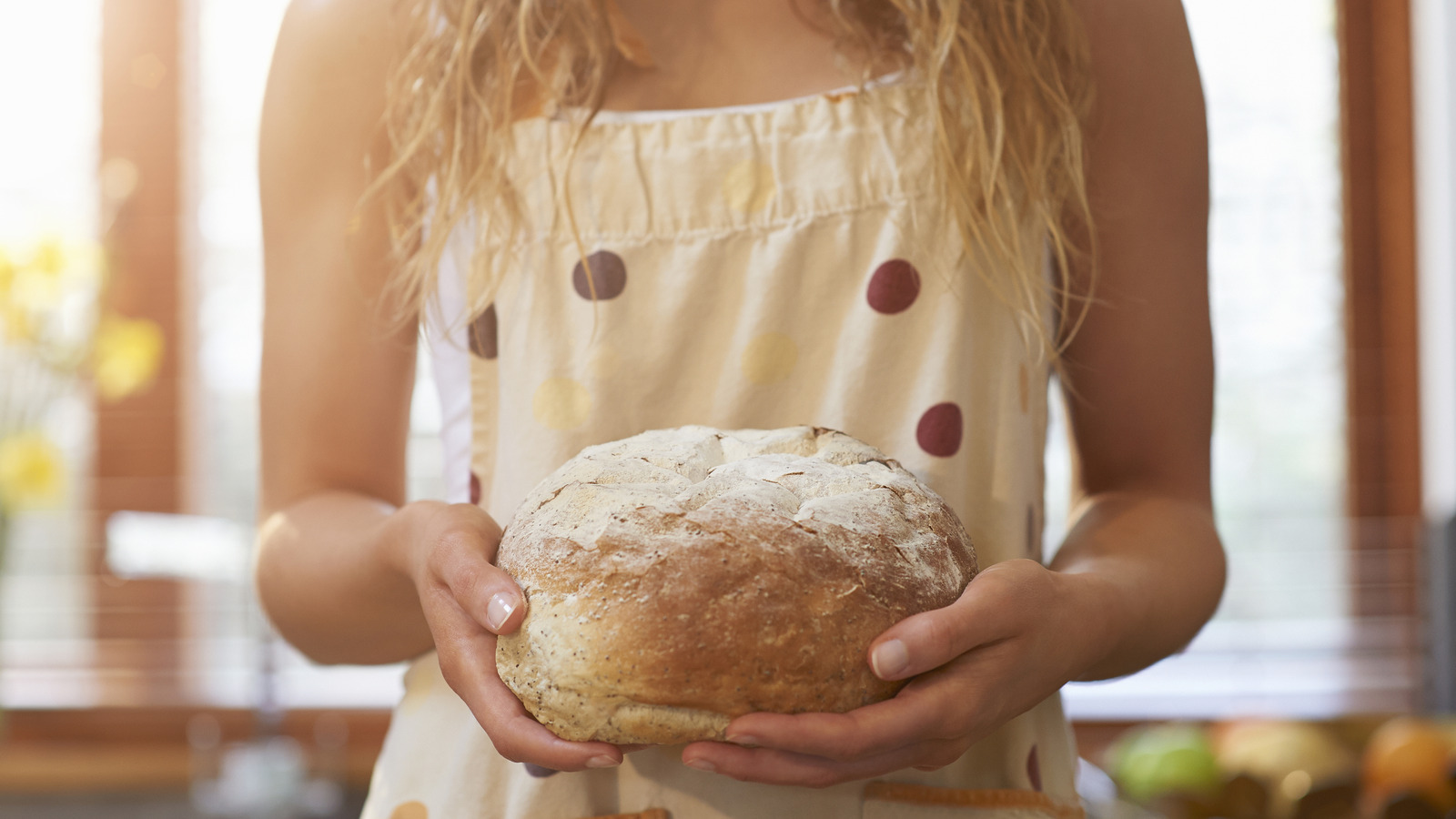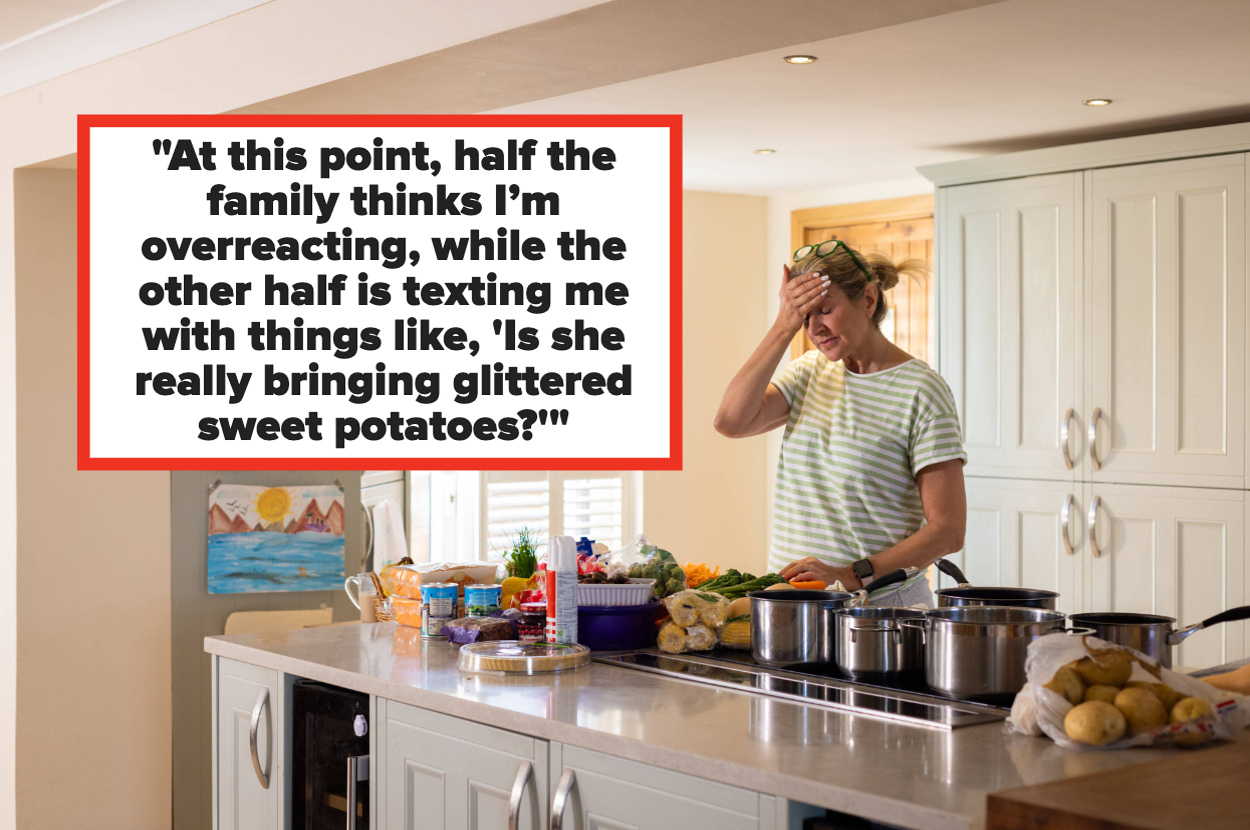Getting your baked goods to come out perfect is all about taking a great recipe and following it to the letter. There's a lot that can go wrong, and if you've tried baking your own bread, you're familiar with what a delicate process it is. Let's say you take your favorite Scandinavian rye bread recipe .
You do everything right, you think, but your final product is dry and falls apart into unappetizing crumbles. What happened? There's a chance that you added too much flour to your recipe, and you might be wondering exactly how. You used your measuring cups, right? That's how.
If you're measuring flour for bread this way, it's incredibly easy to add too much. It happens when you pack the cups too firmly, don't accurately level the flour, or don't fluff up and aerate it before scooping it out of the bag. Different brands and types of flour are also going to fill that measuring cup differently.
In other words, there are a lot of places you can go wrong. Fortunately, there's a better way to do it, and it's easy. Using a kitchen scale will give you precise amounts every time, and that's exactly why many recipes — like this one for Boston brown bread — specify the weight of the flour instead of (or in addition to) the number of cups.
And it can make a huge difference. Here are some tips to accurately weigh flour Depending on how you're using your measuring cups, you can end up adding up to four extra tablespoons to each cup of flour — and that can add up to a recipe-ruining am.


















